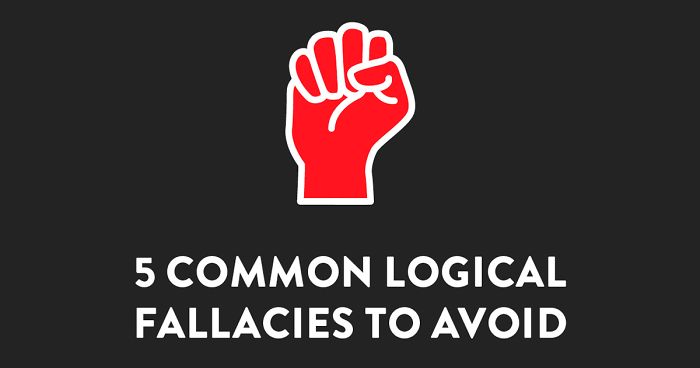
Woman Shows Examples Of 5 Common Logical Fallacies Being Used Against The Black Lives Matter Movement
Interview With AuthorGraphic designer Noelle Cress got seriously fed up with racism deniers, especially in the light of the George Floyd protests and Black Lives Matter movement.
To separate facts from fiction and point out just how flawed some of their arguments are, she compiled 5 common logical fallacies to avoid. Laid all out in black on white, these fallacies point out why commonly used examples when talking about racism and police brutality just don’t work.
It turns out, every fallacy has a smart name too, like “red herring” or “straw man,” and with the help of easy-to-read infographics, we now know which examples are never gonna work in a fair and respectful debate.
More info: Instagram | NoelleCress.com
Noelle listed these common logical fallacies to avoid for a productive discussion
Image credits: noelle.cress
After she shared the post, the common fallacies quickly spread throughout social media
Image credits: noelle.cress
Image credits: noelle.cress
Bored Panda reached out to Noelle Cress, the graphic designer behind the viral logical fallacy graphics, to find out more about this amazing project. Noelle said she saw a lot of the same flawed arguments being made over and over again on social media.
“I also saw a lot of emotionally-charged, frustrated people arguing with each other in comment sections who kept repeating their own arguments while completely missing the point of the other person’s argument.”
“As a result,” she said, “people usually left those debates more thoroughly convinced of the opinion they already had and less willing to engage in reasonable conversation in the future.”
Image credits: noelle.cress
Image credits: noelle.cress
Image credits: noelle.cress
The designer hopes that being open to new information and changing your opinion will become normalized. “Acknowledging that your previous opinion of something was wrong based on new information is an important part of personal growth and shows maturity.”
Noelle believes that every one of us needs to be more critical towards our news sources, both TV and social media.
Image credits: noelle.cress
Image credits: noelle.cress
Image credits: noelle.cress
Image credits: noelle.cress
With half a million people turning out in 550 places across the US, the Black Lives Matter protests reached their peak on June 6. Recent polls showed that around 15 to 26 million people in the country have participated in demonstrations over the death of George Floyd and other victims.
The actual number of people who protested according to polls are as follows: 15 million on June 4-10 (Pew), 18 million on June 11-15 (N.O.R.C.), 23 million on June 12-22 (Civis Analytics), and 26 million on June 8-14 (Kaiser Family Foundation). The participation in the recent Black Lives Matter protests surpassed the Women’s March of 2017, which had a turnout of about three million to five million people on a single day.
Another factor showing just how important the protests have been for the country’s recent history is how widespread the movement was. Kenneth Andrews, a sociology professor at the University of North Carolina at Chapel Hill, told the New York Times: “The geographic spread of protest is a really important characteristic and helps signal the depth and breadth of a movement’s support.”
And this is what people had to say about them
Just as a note, this person did not invent these terms, just connect them to these points. These terms have existed for years, and are used in discussions of bad arguments by both left wing and right wing advocates. Not a bad clarification for these terms, though a wider net of examples may make these more educational.
My thoughts exactly. Reading comments on other sites (and sometimes here), I get the impression that people have forgotten how to have an argument and that certainly isn't exclusive to debates about the BLM movement.
Load More Replies...Wow. This is truly fascinating. These comments both escalated and devolved quickly. At the same time. Almost the whole comment thread is like a checklist of the post. Before you knee jerk respond or downvote, please reread the post
This isn't just about BLM, it's about everything. All are favorite ploys of conservatives not only to abuse other people, but so that they can pretend that they're smart. Google "Dunning-Kruger Syndrome."
DK has become quite the danger nowadays. Sad to see so many people just watching some easily debunked videos about, f.i. flat earth and think they are now experts in geology, cosmology and rocket science.
Load More Replies...The underlying problem is "motivated reasoning". People will listen to weak or false data to support their claims because they don't *want* to change their position. There is an unspoken assumption that by changing your mind that you are perceived as weak/stupid when most people will do the opposite.
Not just that, often changing your mind once you have invested heavily in a position can be a very psychologically uncomfortable. Admitting to yourself you were mislead/mistaken/silly can sometimes feel so bad people rather double down than admit they were wrong. Most of the time fallacies are employed to that end.
Load More Replies...Google and watch White Light. An Australian director who supports BLM is saying 'That isn't what defund the police means Chicago'.
Load More Replies...Is this stuff news? I guess I thought more people knew about common logical fallacies than they actually do.
That's the point, it's not part of our standard education that is supposed to prepare us to the best of our talent (versus our wealth) to succeed in the world as adults. So we have to hope that people get taught be their parents or wandering into a conversation such as this to learn about it. I was never taught but I'm doing my best to learn, hence I'm here.
Load More Replies...Her example for the Red Herring Fallacy is a Strawman Fallacy. No one, literally NO ONE says that the incidents of civilians killing police is a reason to do nothing about racism.
One of the problems I am seeing is yelling No True Scotsman, Black Lives Matter when a family member of a black child shot speaks out. Amir Worship's mother is a great example. Amir was the victim of a Swatting (SWAT burst into his room and shot his knee) and received no protest but his mother was bullied even making a statement that it was a white cop who shot poor Amir.
63 years of experience have taught me that you can't change another person's beliefs. Just because you don't agree is not an excuse to argue about it. Respect other people's right to have their own beliefs. These fallacies can be applied to any of the events that are now dividing the U. S.
Logic and critical thinking curriculum used to be taught in high school until the fifties. I know because I attended one of the last classes to be taught. Turns out it was eliminated as part of a compromise to keep prayers out of schools. The religious conservatives at the time thought "liberal arts" had something to do with political liberalism. We should have kept the curriculum as it was and allowed for prayers.
Y'all here are GROSS. Doing exactly what the post says. F*****g disgusting. If you think all lives matter, then it includes black lives, right??? Fight for their lives, fight against their death. f*****g a******s trying to divert the conversation into these fallacies, instead of, again, having a conversation about black lives matter.
This is the internet. Where respect and productive discussions are only things we've heard about.
Ouch, well we can still try, perhaps people might surprise you
Load More Replies...I see what she's trying to do, but sadly most keyboard warriors are not out to debate their propaganda, but to start slurring, ranting, threatening and calling names as soon as you dare to doubt their statement. It sometimes even looks like there's some organisation behind it, because they all have the exact same arguments, the exact same links to Youtube, "proving" their propaganda and they use the exact same insults. So it's really not worth the trouble to start an online discussion, unless you want to keep up with the most trending insults and swear words.
The moment people discover fallacies in everyday judgment, the era of populism with figures like Trump, Johnson and Bolsonaro will end.
Looking back at history, and interpolating that day to ... not in my lifetime :( The internet sure did give a good go at trying to disrupt that interpolation. Not sure if it failed, or just didn't succeed big enough?
Load More Replies...The problem is blm is based on not based on statistics, it's based on emotion and politically driven. There is no evidence of police brutality specifically targeted at blacks. If these people actually want to make a difference, go out and sign up to be a policeman/woman and see how easy it is.
What statistics are you looking at? Black people get incarcerated unfairly way more than white folks.
Load More Replies...Until BLM addresses the persistent massive disproportionate rate at which black males commit violent crimes ...... NOTHING THEY DO WILL help one black man's life. Black Behaviors Matter.
The way I understand it: the reason it is so disproportionate is A) red lining, where Black folks weren't allowed to live in certain "nice white" areas. The nice white areas surround the good jobs and good schools. Meaning the black folks couldn't get the great jobs and the kid's couldn't get a great education. Since money was tight they had to rent, meaning that they spend their lives paying instead of investing in something they could sell and make money off later. While the whites could pass on generational wealth, the blacks couldn't since so many in a family and community are struggling, the few who due well, do their best to help family and friends out when they are in a tight spot. Meaning they never get to gather wealth and therefore never pass it on. So that answers why black folks are predominantly poor. now B) Being poor means that they are more likely working a minimum wage job, these are often physically difficult jobs that are physically damaging and/or dangerous /1
Load More Replies...BLM looted nearly every small business (even minority owned) downtown in the city I live in. They set fire to the courthouse, busted out every window downtown & have basically held the whole city hostage for over 2 months. Don't try to say it's "paid Antifa actors from out of town", because I've seen the videos of them in action. I used to be sympathetic to their cause, but from what I've seen, they look an awful lot like terrorists.
I hope Ms. Cress isn't basing her future on finding success as a designer...
The problem is that blm is not rooted in facts and statistics, it is based on purely political motivation. There are no statistics or trends that show that blacks are targeted specifically by police more than other races. In fact, the whole George Floyd thing is now falling apart seeing as he actually died of a drug overdose, and even that event has no evidence of being racially driven. Definitely the officer should have been aware of the offender's health, but that is already being addressed by the system.
Police reform and abolishing the police are two different things. Please do some research.
Load More Replies...BLM doesn't mean only black lives matter, it means that Black Lives matter too. Unfortunately, some people are judged solely by their race before any words are spoken and that is a fact of life that some people deal with on a daily basis. It is wishful thinking to believe race doesn't matter but that is not applicable in today's world at this moment. People are still being treated as inferior due to their race. BLM doesn't mean other races don't matter because they do. In order for all lives to matter, ALL lives must be treated with the same respects and courtesies and that includes Black Lives. As someone stated earlier, by saying Save the Whales, that doesn't mean the lives of sea turtles and other marine creatures don't matter. It is the same concept. One group asking for help to be viewed as equal should not be seen as an insult to others when they just want the same rights and liberties as others.
Load More Replies...Just out of curiosity, what does the discovery of antibiotics have to do with the flu virus?
Load More Replies...And what do you know about Marxism? Have you read The Capital? Or are you just repeating what the orange ignorant clown living in the White House says? I beat is that.
Load More Replies...Just as a note, this person did not invent these terms, just connect them to these points. These terms have existed for years, and are used in discussions of bad arguments by both left wing and right wing advocates. Not a bad clarification for these terms, though a wider net of examples may make these more educational.
My thoughts exactly. Reading comments on other sites (and sometimes here), I get the impression that people have forgotten how to have an argument and that certainly isn't exclusive to debates about the BLM movement.
Load More Replies...Wow. This is truly fascinating. These comments both escalated and devolved quickly. At the same time. Almost the whole comment thread is like a checklist of the post. Before you knee jerk respond or downvote, please reread the post
This isn't just about BLM, it's about everything. All are favorite ploys of conservatives not only to abuse other people, but so that they can pretend that they're smart. Google "Dunning-Kruger Syndrome."
DK has become quite the danger nowadays. Sad to see so many people just watching some easily debunked videos about, f.i. flat earth and think they are now experts in geology, cosmology and rocket science.
Load More Replies...The underlying problem is "motivated reasoning". People will listen to weak or false data to support their claims because they don't *want* to change their position. There is an unspoken assumption that by changing your mind that you are perceived as weak/stupid when most people will do the opposite.
Not just that, often changing your mind once you have invested heavily in a position can be a very psychologically uncomfortable. Admitting to yourself you were mislead/mistaken/silly can sometimes feel so bad people rather double down than admit they were wrong. Most of the time fallacies are employed to that end.
Load More Replies...Google and watch White Light. An Australian director who supports BLM is saying 'That isn't what defund the police means Chicago'.
Load More Replies...Is this stuff news? I guess I thought more people knew about common logical fallacies than they actually do.
That's the point, it's not part of our standard education that is supposed to prepare us to the best of our talent (versus our wealth) to succeed in the world as adults. So we have to hope that people get taught be their parents or wandering into a conversation such as this to learn about it. I was never taught but I'm doing my best to learn, hence I'm here.
Load More Replies...Her example for the Red Herring Fallacy is a Strawman Fallacy. No one, literally NO ONE says that the incidents of civilians killing police is a reason to do nothing about racism.
One of the problems I am seeing is yelling No True Scotsman, Black Lives Matter when a family member of a black child shot speaks out. Amir Worship's mother is a great example. Amir was the victim of a Swatting (SWAT burst into his room and shot his knee) and received no protest but his mother was bullied even making a statement that it was a white cop who shot poor Amir.
63 years of experience have taught me that you can't change another person's beliefs. Just because you don't agree is not an excuse to argue about it. Respect other people's right to have their own beliefs. These fallacies can be applied to any of the events that are now dividing the U. S.
Logic and critical thinking curriculum used to be taught in high school until the fifties. I know because I attended one of the last classes to be taught. Turns out it was eliminated as part of a compromise to keep prayers out of schools. The religious conservatives at the time thought "liberal arts" had something to do with political liberalism. We should have kept the curriculum as it was and allowed for prayers.
Y'all here are GROSS. Doing exactly what the post says. F*****g disgusting. If you think all lives matter, then it includes black lives, right??? Fight for their lives, fight against their death. f*****g a******s trying to divert the conversation into these fallacies, instead of, again, having a conversation about black lives matter.
This is the internet. Where respect and productive discussions are only things we've heard about.
Ouch, well we can still try, perhaps people might surprise you
Load More Replies...I see what she's trying to do, but sadly most keyboard warriors are not out to debate their propaganda, but to start slurring, ranting, threatening and calling names as soon as you dare to doubt their statement. It sometimes even looks like there's some organisation behind it, because they all have the exact same arguments, the exact same links to Youtube, "proving" their propaganda and they use the exact same insults. So it's really not worth the trouble to start an online discussion, unless you want to keep up with the most trending insults and swear words.
The moment people discover fallacies in everyday judgment, the era of populism with figures like Trump, Johnson and Bolsonaro will end.
Looking back at history, and interpolating that day to ... not in my lifetime :( The internet sure did give a good go at trying to disrupt that interpolation. Not sure if it failed, or just didn't succeed big enough?
Load More Replies...The problem is blm is based on not based on statistics, it's based on emotion and politically driven. There is no evidence of police brutality specifically targeted at blacks. If these people actually want to make a difference, go out and sign up to be a policeman/woman and see how easy it is.
What statistics are you looking at? Black people get incarcerated unfairly way more than white folks.
Load More Replies...Until BLM addresses the persistent massive disproportionate rate at which black males commit violent crimes ...... NOTHING THEY DO WILL help one black man's life. Black Behaviors Matter.
The way I understand it: the reason it is so disproportionate is A) red lining, where Black folks weren't allowed to live in certain "nice white" areas. The nice white areas surround the good jobs and good schools. Meaning the black folks couldn't get the great jobs and the kid's couldn't get a great education. Since money was tight they had to rent, meaning that they spend their lives paying instead of investing in something they could sell and make money off later. While the whites could pass on generational wealth, the blacks couldn't since so many in a family and community are struggling, the few who due well, do their best to help family and friends out when they are in a tight spot. Meaning they never get to gather wealth and therefore never pass it on. So that answers why black folks are predominantly poor. now B) Being poor means that they are more likely working a minimum wage job, these are often physically difficult jobs that are physically damaging and/or dangerous /1
Load More Replies...BLM looted nearly every small business (even minority owned) downtown in the city I live in. They set fire to the courthouse, busted out every window downtown & have basically held the whole city hostage for over 2 months. Don't try to say it's "paid Antifa actors from out of town", because I've seen the videos of them in action. I used to be sympathetic to their cause, but from what I've seen, they look an awful lot like terrorists.
I hope Ms. Cress isn't basing her future on finding success as a designer...
The problem is that blm is not rooted in facts and statistics, it is based on purely political motivation. There are no statistics or trends that show that blacks are targeted specifically by police more than other races. In fact, the whole George Floyd thing is now falling apart seeing as he actually died of a drug overdose, and even that event has no evidence of being racially driven. Definitely the officer should have been aware of the offender's health, but that is already being addressed by the system.
Police reform and abolishing the police are two different things. Please do some research.
Load More Replies...BLM doesn't mean only black lives matter, it means that Black Lives matter too. Unfortunately, some people are judged solely by their race before any words are spoken and that is a fact of life that some people deal with on a daily basis. It is wishful thinking to believe race doesn't matter but that is not applicable in today's world at this moment. People are still being treated as inferior due to their race. BLM doesn't mean other races don't matter because they do. In order for all lives to matter, ALL lives must be treated with the same respects and courtesies and that includes Black Lives. As someone stated earlier, by saying Save the Whales, that doesn't mean the lives of sea turtles and other marine creatures don't matter. It is the same concept. One group asking for help to be viewed as equal should not be seen as an insult to others when they just want the same rights and liberties as others.
Load More Replies...Just out of curiosity, what does the discovery of antibiotics have to do with the flu virus?
Load More Replies...And what do you know about Marxism? Have you read The Capital? Or are you just repeating what the orange ignorant clown living in the White House says? I beat is that.
Load More Replies...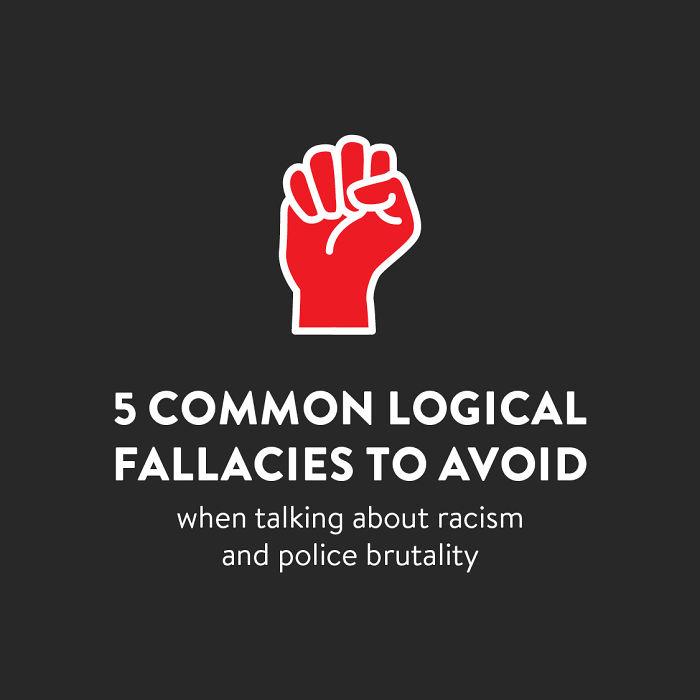
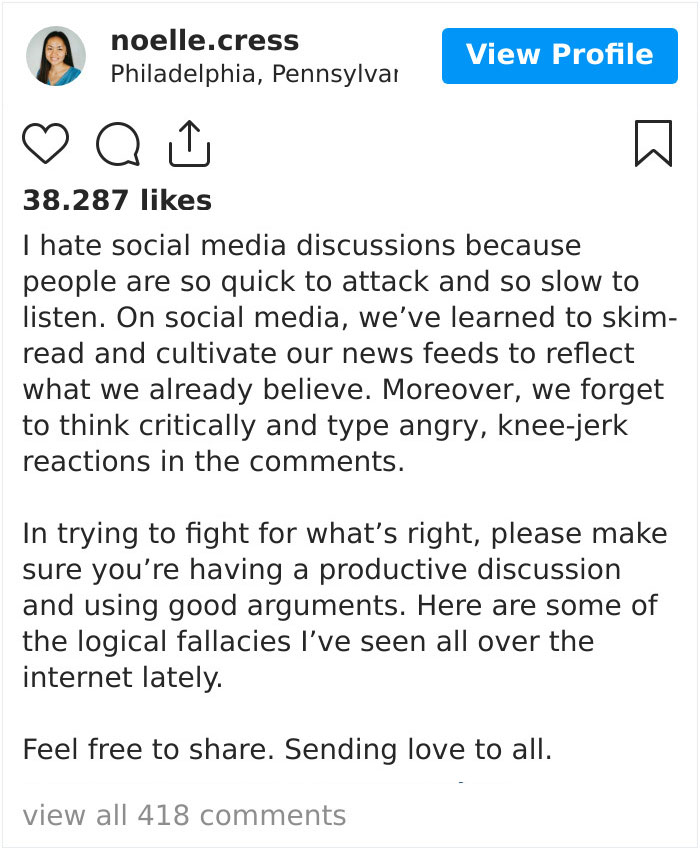
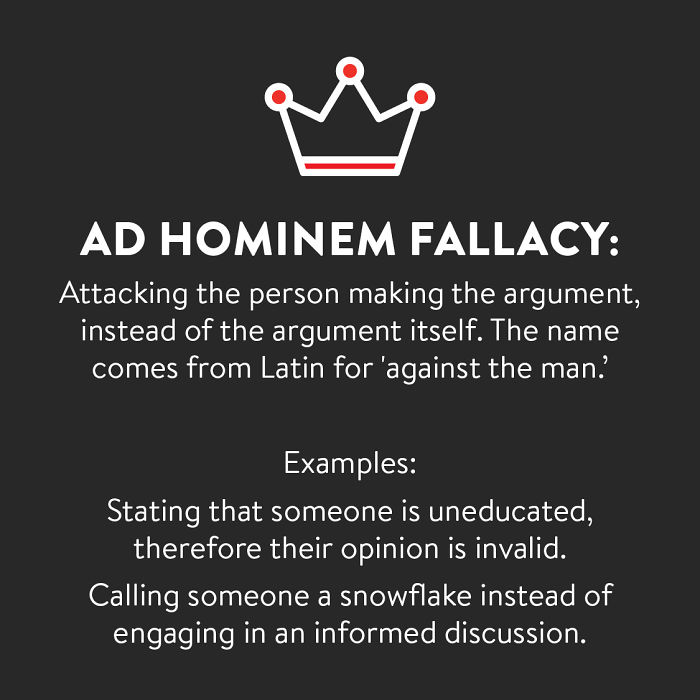
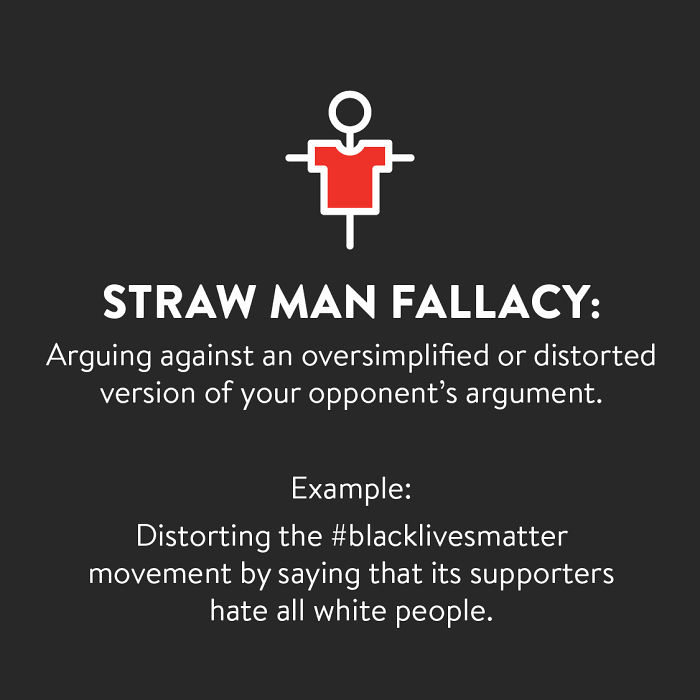
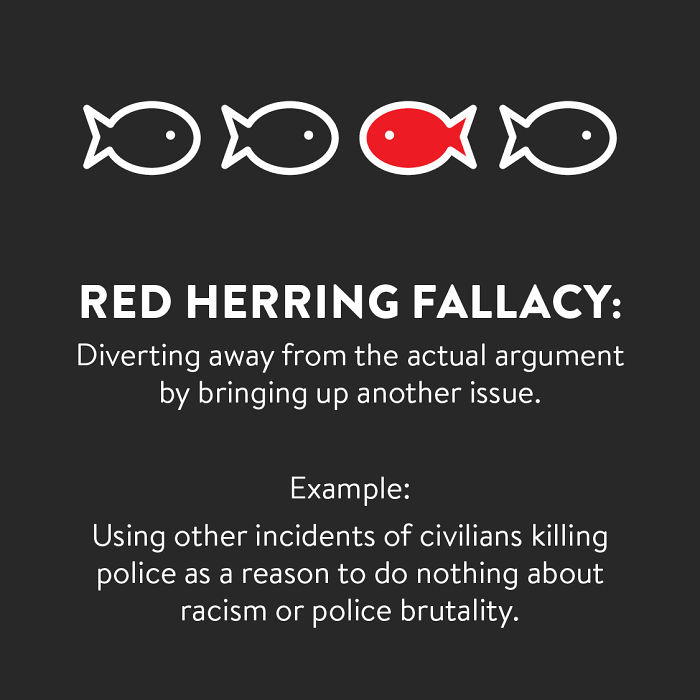
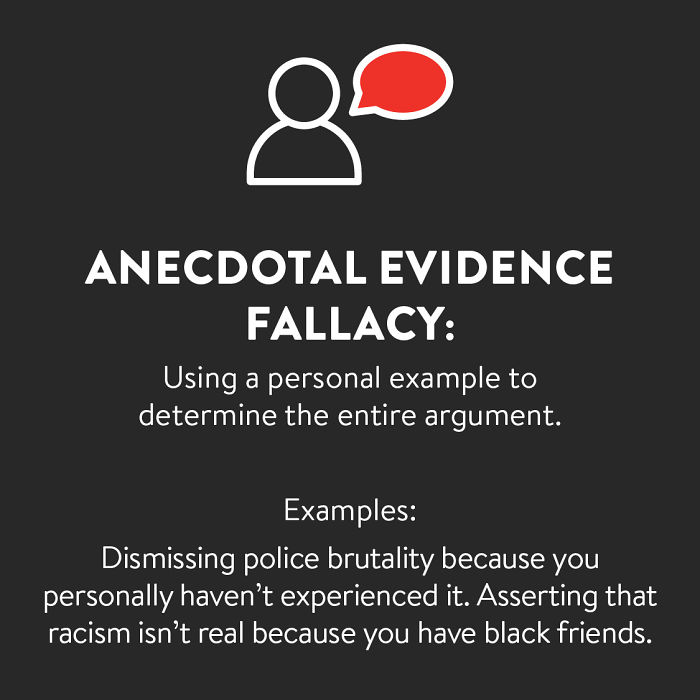
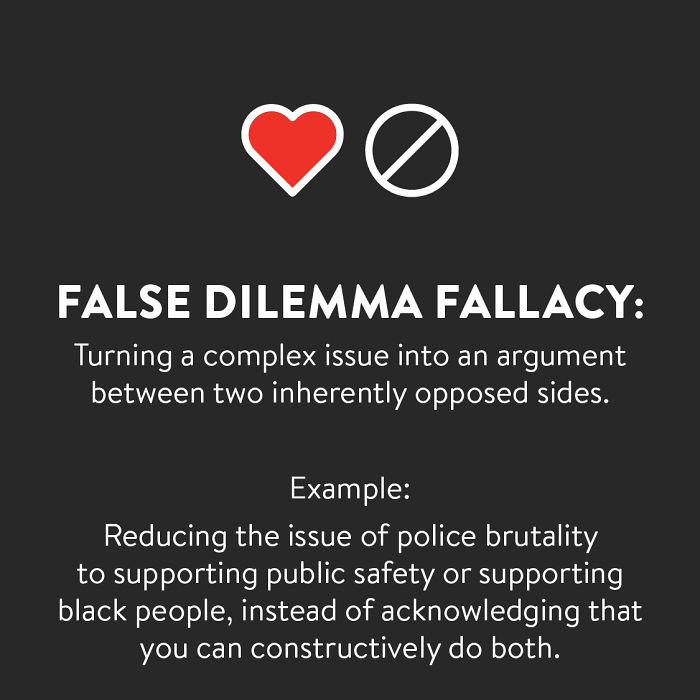
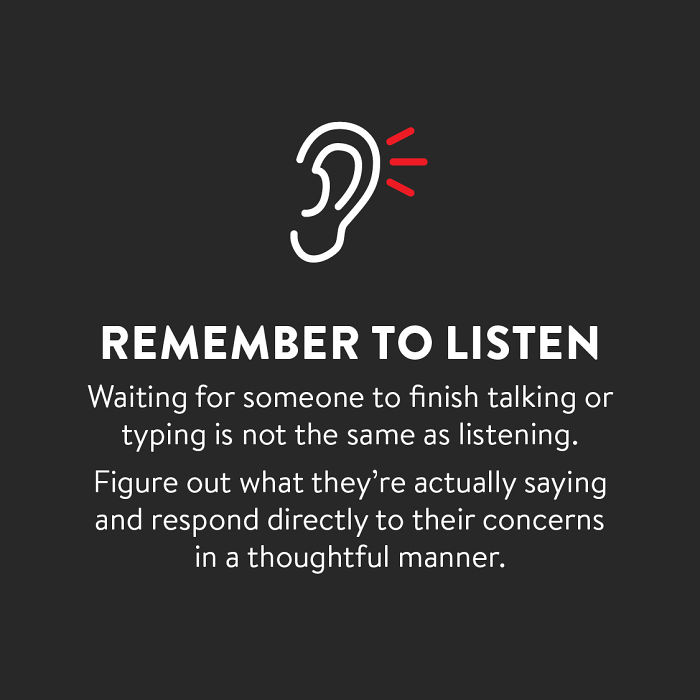
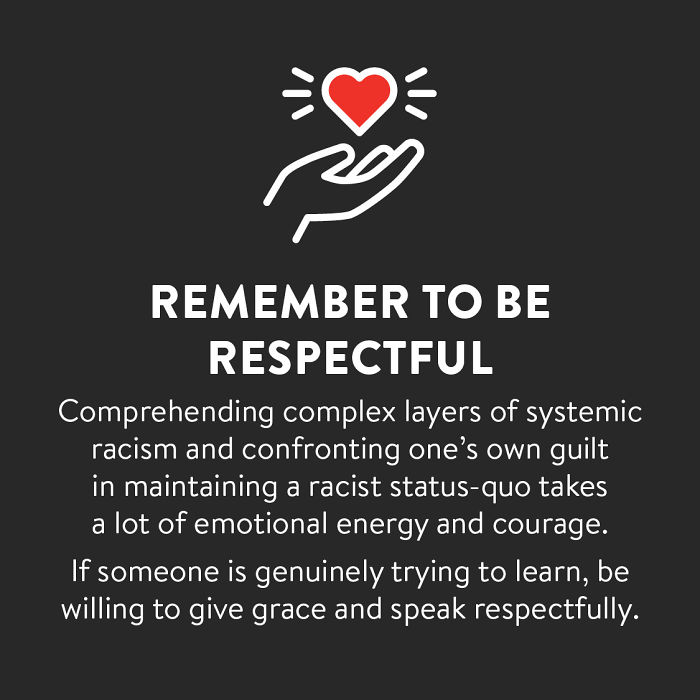














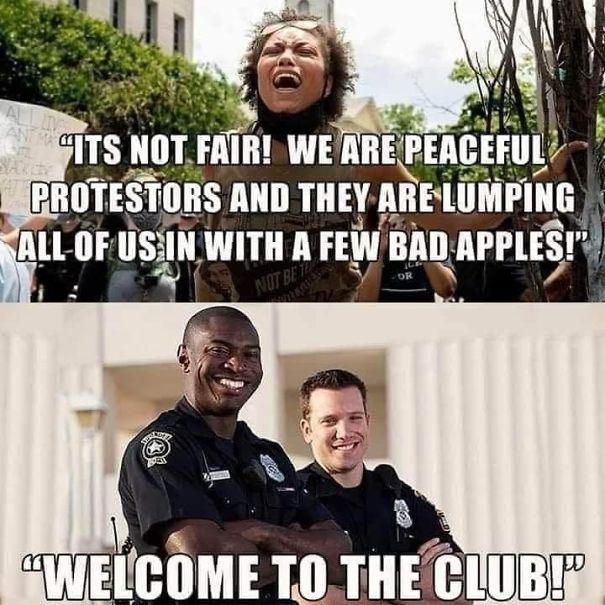

132
139